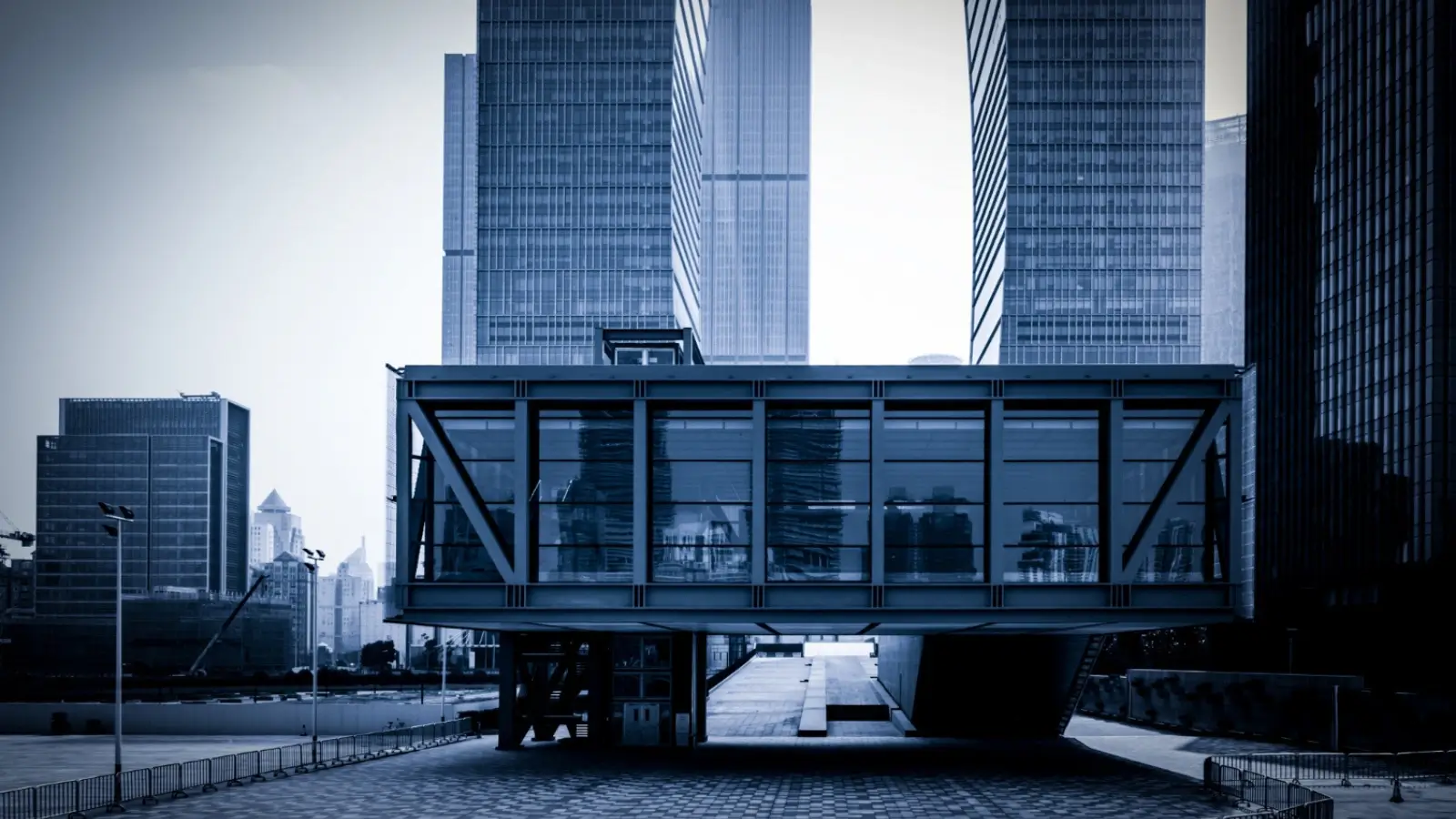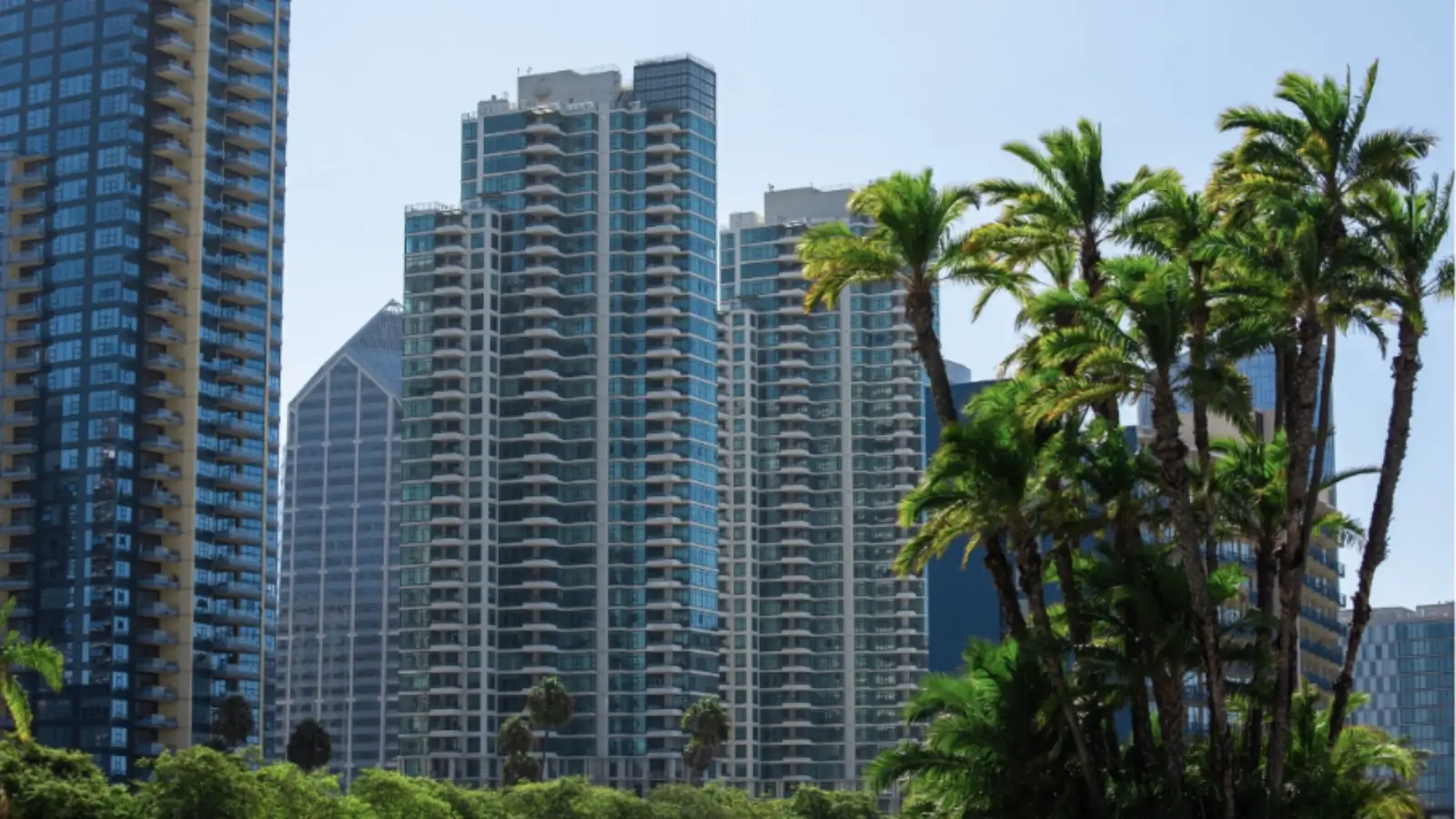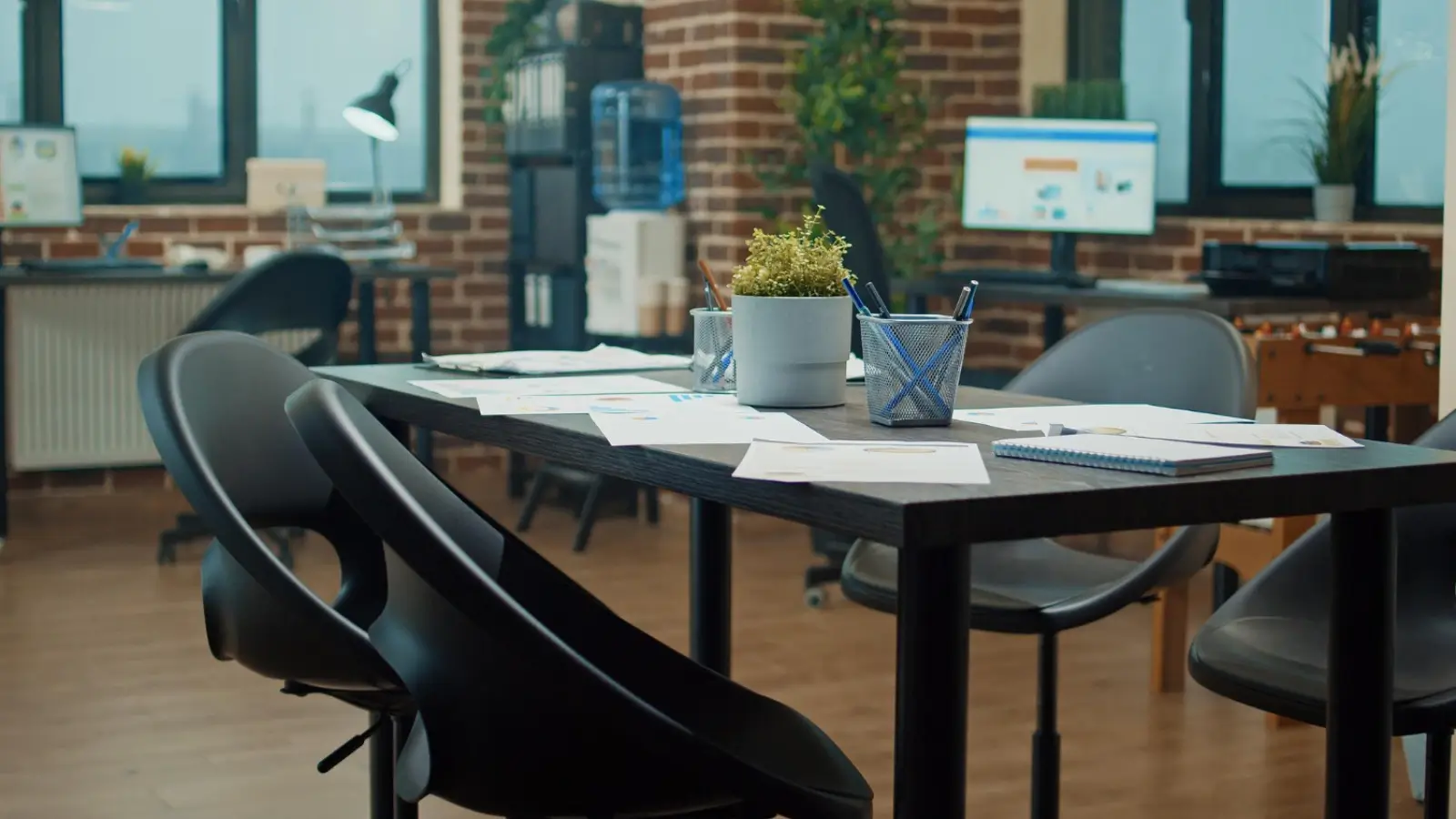Property development continues to be the most profitable means of investment, but ensuring maximum return on investment (ROI) involves proper planning, an understanding of markets, and creative methods of construction and management.
As we go through 2025, developers are confronted with specific challenges such as volatile interest rates, changing purchaser tastes, and more emphasis on sustainability. This in-depth guide looks at tested methods of maximizing your property development ROI while responding to present market trends.
Learning about ROI in Property Development
Return on investment in real estate development goes beyond mere margins. It involves the overall monetary return in relation to the initial investment, both in the form of short-term profits and long-term appreciation. Effective developers look at several variables: purchase prices, construction costs, financing, holding times, and disposing methods. In current market conditions, a healthy ROI generally falls between 15-25% per year, but this fluctuates highly depending on location, type of property, and market situation.
The secret to maximizing ROI is optimizing all phases of the development cycle, from initial location selection to ultimate sale or lease. This demands a full appreciation of market conditions, building techniques, and financial structuring. Developers that consistently deliver outstanding returns emphasize managing costs, expediting schedules, and developing properties that are at or above market demand.
Strategic Location Selection and Market Analysis
Location is the most important determinant of property development success. The best location with good growth prospects, good infrastructure, and favourable population trends to support your market target can have a huge effect on ROI. Carry out extensive market analysis that considers population growth, employment patterns, transport developments, and zoning changes likely to influence property value.
Look at up-and-coming neighborhoods before they go mainstream. Places going through gentrification, infrastructure upgrades, or new commercial development usually offer great prospects for higher yields. Study local government proposals for future growth, transportation initiatives, and economic incentives that might boost property value in the long term.
Demographic analysis is also crucial. Knowing your target market's lifestyle needs, income levels, and personal preferences guarantees that your development responds to real demand, not hypotheses. Research local rental rates, vacancy rates, and absorption rates for comparable properties to determine market appetite and pricing potential.
Innovative Financing Strategies
Smart financing can dramatically increase your ROI while reducing the exposure to risk. Bank financing continues to be key, but modern-day developers increasingly use alternative financial strategies such as private equity, crowdfunding, joint ventures, and government incentives for green development.
Explore phased financing strategies that coordinate capital deployment with project milestones, minimizing carrying costs and interest payments.
Construction-to-permanent loans have the ability to simplify the funding process while possibly locking in improved long-term rates. Larger projects benefit from syndication, enabling you to build multiple properties at once while diversifying risk among investors.
Government incentives for sustainable development, affordable housing, or urban renewal can generate substantial financial advantages. Investigate federal, state, and local programs that offer tax credits, grants, or below-market financing for eligible projects. These incentives can enhance ROI by 5-15% if implemented correctly.
Cost-Effective Construction Methods
Construction costs typically represent 60-70% of total project expenses, making this area crucial for ROI optimization. Traditional construction methods, while proven, often involve lengthy timelines, weather delays, and labor cost escalations that can significantly impact profitability.
Modular construction has become a high-ROI option that overcomes most of the traditional building difficulties. This new method calls for the building elements to be built in sheltered factory settings prior to on-site assembly. There are advantages beyond mere cost reductions.
Modular construction provides quicker construction times, normally decreasing project durations by 30-50% from conventional building methods. This speed translates to earlier generation of revenue and lower financing expenses directly enhancing ROI. The factory-controlled setting eliminates weather-related delays and enables simultaneous site preparation and building construction, shortening development timelines even more.
Labor cost savings are another important advantage. Factory-based construction employs fewer workers on site and decreases reliance on local labor markets, which can be especially beneficial in skilled labor shortage areas. The repetition of the production process also reduces material waste and offers bulk purchasing benefits.
Quality control is much enhanced by modular construction. Factory conditions allow for uniform quality levels, improved accuracy in construction, and rigorous testing prior to installation. Defects are fewer, warranty costs lower, and long-term durability better, enhancing property value retention.
Reduced maintenance expenses on an ongoing basis further add to better ROI. The accuracy manufacturing process and quality materials involved in modular buildings tend to make buildings less needy of maintenance during their lifespan. This advantage accrues to both developers who hold on to ownership and final purchasers, with modular properties becoming more desirable in the market.
Sustainability advantages of modular construction also complement increasing market demands for environmentally sound development. Minimized material waste, energy-efficient manufacturing processes, and superior insulation and building envelope performance often make projects eligible for green building certifications and resultant financial rewards.
Additionally, when planning your property development, it’s crucial to consider all aspects of your budget. For example, understanding bathroom partition cost can help developers make cost-effective decisions when outfitting commercial spaces. This, and other often-overlooked costs, can significantly impact the overall project budget and, consequently, the ROI.
Technology Integration and Smart Building Features
Contemporary property development is more and more integrating technology to maximize value and minimize operating costs. Smart building features such as automated lighting, HVAC systems, security systems, and energy management have the potential to dramatically boost property values while minimizing recurring operating costs.
Internet of Things (IoT) connectivity enables predictive maintenance, energy efficiency, and improved tenant experiences. These are the type of amenities that young generations are attracted to, and they have the ability to command premium prices in both sales and leasing markets. Think long-term value for technology investment, as smart buildings can see improved occupancy levels and tenant retention.
Energy-efficient systems not only save on operating expenses but can also qualify for different tax incentives and certifications. LED lighting, energy-efficient HVAC systems, and smart thermostats can lower energy expenses by 20-40% and boost property appeal to environmentally aware buyers and renters.
Market Timing and Exit Strategies
Effective property development needs precise timing of market entry and exit. Watch the local market cycles, interest rate movement, and economic indicators that drive property demand and pricing. Flexible exit strategies enable you to take advantage of prime market conditions.
Consider multiple exit options including direct sales, rental income generation, or refinancing to extract equity while retaining ownership. Market conditions may favor different strategies at different times, so maintaining flexibility maximizes ROI potential.
Pre-sales and pre-leasing strategies can significantly improve ROI by securing committed buyers or tenants before construction completion. This approach reduces market risk and can often command premium pricing from buyers seeking certainty in competitive markets.
Risk Management and Quality Assurance
Proper risk management keeps your investment safe and guarantees returns that are consistent. Full insurance coverage, such as builder's risk, general liability, and professional indemnity insurance, insulates against unexpected events that might affect profitability.
Quality control during the development process avoids expensive repairs, warranty claims, and damage to reputation. Periodic inspections, compliance with building codes, and employment of qualified contractors guarantee your development is at or above standards. Substandard construction can ruin ROI with repair bills, lawsuits, and inability to sell or lease units.
Professional project management becomes more critical with larger projects. Skilled project managers are able to spot problems early, keep the schedule on track, keep costs under control, and manage multiple contractors efficiently. Professional management expense usually ends up paying for itself through enhanced efficiency and prevention of problems.
Sustainable Development and Future-Proofing
Sustainability issues increasingly affect property value and marketability. Green building certification, energy-efficient equipment, and eco-friendly materials not only lower operating expenses but frequently garner premium prices and quicker sales.
Future-proof your developments by pre-empting shifting regulations, lifestyle patterns, and technology improvements to guarantee long-term retention of value. Plan for flexibility in design that will facilitate future adjustments or secondary uses if market conditions shift.
Water-saving systems, solar and wind integration, and green landscaping lower operating expenses while attracting environmentally aware buyers. Incentives for sustainable construction are provided by most jurisdictions, adding additional ROI through tax credits or streamlined permitting.
Optimizing ROI on property development involves a strategic holistic approach that interfaces with key areas of strategic planning, innovative construction techniques, astute financing, and risk management. Incorporating cost-saving measures such as modular construction, technology elements, and environmentally friendly operations sets developments up for short-term profitability and long-term appreciation in value.
Success in the 2025 real estate development business requires flexibility, extensive market analysis, and a readiness to adopt innovative strategies that enhance efficiency without compromising on changing customer needs.
Builders who aim to streamline every operation involved in the development process without compromising on quality standards always attain higher returns on investment.
By putting these strategies into action and staying alert to market trends, property developers are able to negotiate through challenging times while extracting maximum returns in an ever-competitive marketplace. The trick is to balance innovation with established practice, making sure each project achieves both initial profitability and ultimate value creation.

















